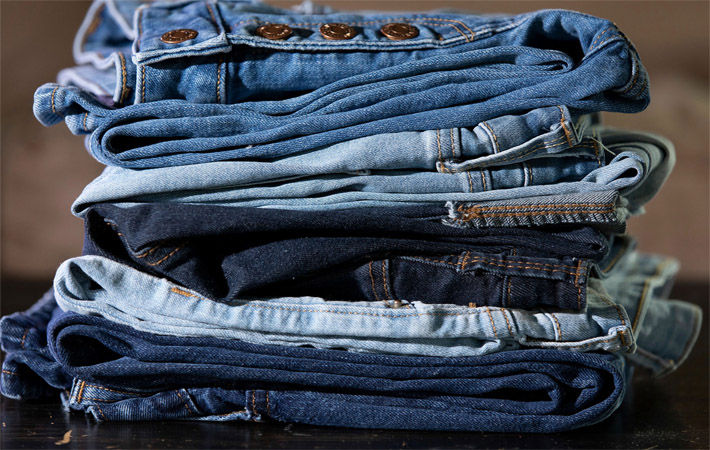US researchers develop new indigo dyeing technology

Indigo is not water soluble, though, and has to be reduced with toxic chemicals prior to using it to dye clothing. The denim industry uses more than 45,000 tonnes of synthetic indigo a year, along with over 84,000 tonnes of sodium hydrosulfite as reducing agent and 53,000 tonnes of lye.
Published in the journal Green Chemistry, the new method of dyeing uses natural indigo (though the streamlined process could also use synthetic) and completely eliminates the use of harmful chemicals used in conventional methods.
It also requires only one coat of the indigo to secure over 90 per cent of the colour, significantly reducing the amount of water needed to dye the fabric. Conventional methods require up to eight dips in dye solution and secure only 70 per cent to 80 per cent.
The new method doesn’t sacrifice comfort either, keeping around the same levels of thickness, weight gain and flexibility in the fabric. Because of the streamlined process, it saves workers time and energy by eliminating the need for multiple dips and oxidation time between each dip, according to a press release from the university.
“You don’t reduce the indigo in this process; you don’t dissolve it. You simply mix it with nanocellulose fibrils and deposit it on the surface of the textile. And you can change the shade of blue by the amount of indigo particles added in the mixture,” said Sergiy Minko, a corresponding author of the study and the Georgia Power professor of fiber and polymer science in the College of Family and Consumer Sciences.
Nanocellulose is a relatively recent creation that consist of wood pulp normally used in the paper industry. The new technology mixes indigo particles with the nanofibres and then deposits them on the surface of the textile, essentially ‘gluing’ the colour in place.
Although the new technology still needs to be commercialised, it is a viable option for making the denim industry more sustainable.
This research is a part of PhD study of Smriti Rai, doctoral candidate in the department of textiles, merchandising and interiors. Suraj Sharma, professor in the department, and Raha Saremi, materials researcher in the department of, were co-authors of the study.
Fibre2Fashion News Desk (DS)
































-Ltd..jpg?tr=w-120,h-60,c-at_max,cm-pad_resize,bg-ffffff)





.jpg?tr=w-120,h-60,c-at_max,cm-pad_resize,bg-ffffff)
.jpg?tr=w-120,h-60,c-at_max,cm-pad_resize,bg-ffffff)






